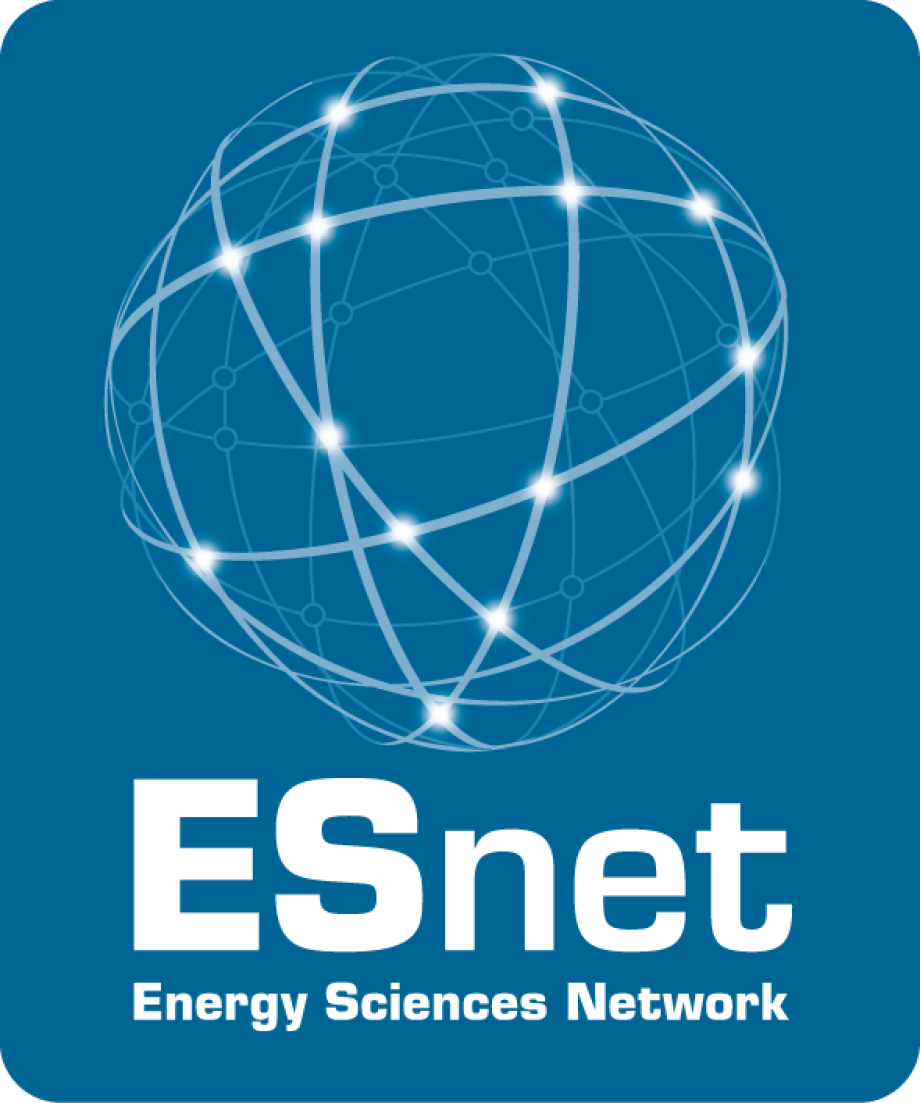ESnet Joins Demo of World's First Intercontinental 100 Gbps Link for R&E at Conference in The Netherlands
Contact: Jon Bashor, jbashor@lbl.gov, 510-486-5849
MAASTRICHT, The Netherlands – June 3, 2013 – The Department of Energy’s ESnet joined five of the world’s other leading research and education (R&E) networks and two commercial partners today to demonstrate for the first time a Transatlantic 100 gigabits-per-second (Gbps or one billion bits per second) transmission link for research and education between North America and Europe during the TERENA Networking Conference 2013 (TNC2013), held in Maastricht, The Netherlands. These demonstrations showcased emerging technologies and advanced applications for science, research and education.
The 100 Gbps link, called the Advanced North Atlantic 100G Pilot project (ANA-100G) will be used for engineering and testing the new transmission link, applications, resources, monitoring techniques and advanced technologies such as software-defined networking. The testing will be between as many as four open exchange points, including MAN LAN in New York City and NetherLight in Amsterdam for at least 12 months following the conference. These efforts will determine the operational requirements needed to effectively run 100 Gbps wavelengths between North America and Europe to meet the growing demand of specialized research organizations.
“This is a historic milestone, and many ESnet staff have worked hard to achieve it,” said ESnet Director Greg Bell. “This achievement shows how much research and education networks can do together, when focused on a common goal. I’m confident that our historic project will serve as a model for even greater accomplishments in the future.”
In addition to ESnet, the R&E networks participating in the project are Internet2, NORDUnet, SURFnet, CANARIE and GÉANT. Ciena (NASDAQ: CIEN) is also supporting the ANA-100G pilot. Ciena is providing photonic equipment, including the recently released subsea version of the 100 Gbps WaveLogic 3 transponder. Furthermore, Juniper loaned equipment that enables some of the eye-catching demonstrations. The leaders’ announced their intentions for the pilot at the recent Internet2 Annual Meeting.
Demonstrations of the intercontinental 100 Gbps link include big data transfers between Maastricht and Chicago, Illinois taking a few minutes rather than many hours over the public Internet; the “First European ExoGENI at Work” demonstration between the University of Amsterdam and the Renaissance Computing Institute in North Carolina; and “How many modern servers can fill a 100Gbps Transatlantic Circuit?” led by ESnet's Inder Monga.
ExoGENI is a testbed for networking and cloud computing technologies. It is funded through the National Science Foundation’s Global Environment for Network Innovation (GENI) project to develop and deploy integrated network testbeds. The demonstrations also include the use of multipath routing of network information, OpenFlow software-defined networking technology and other advanced technology applications. In the “How many modern servers can fill a 100 Gbps Transatlantic Circuit?" demonstration, experts show that with the proper tuning and tool, just two hosts on each continent can generate almost 80 Gbps of traffic. ESnet's new "iperf3" throughput beta measurement device combines the best features from other tools such as iperf, nuttcp, and netperf.
This first Transatlantic 100 Gbps link for R&E will advance high-end projects such as the experiments at the Large Hadron Collider in Switzerland, the ITER fusion reactor in France and similar international programs. The 100 Gbps Transatlantic connection reflects two trends in scientific research: science is increasingly data driven with datasets from large-scale experiments at the tera-scale level, and these experiments are increasingly carried out by international collaborations in which researchers around the globe expect immediate access to the datasets.
The operation of this ultra high-speed link across the Atlantic Ocean also illustrates how the close collaboration between research and education networks and the commercial sector continues to evolve, with the ongoing deployment of cutting-edge networking technologies that underpin groundbreaking, globally collaborative science and discovery.
The TNC2013 Conference provides the ideal venue for demonstrating the high-speed connection, as the meeting is the largest and most prestigious European research networking conference. More than 600 participants including decision makers, networking specialists and managers from all major European networking and research organizations, universities, worldwide sister institutions and industry representatives attend the conference.
View the My ESnet site showing demo traffic at: https://my.es.net/demos/tnc2013/




